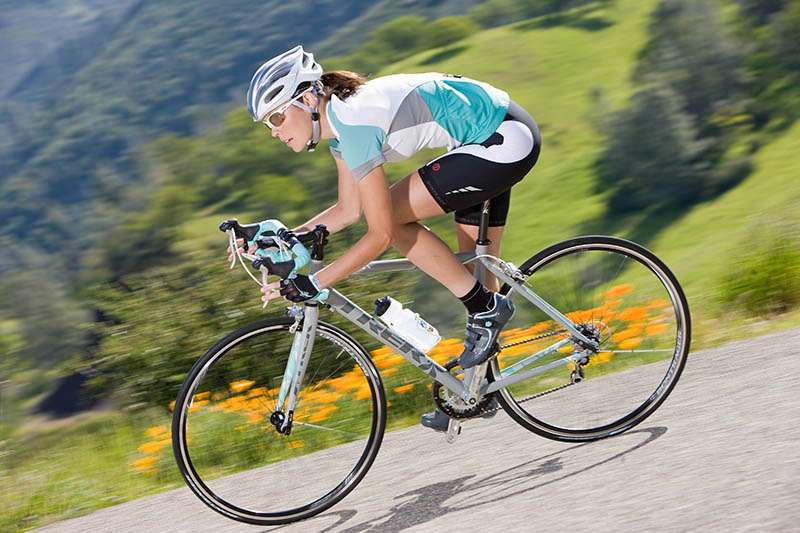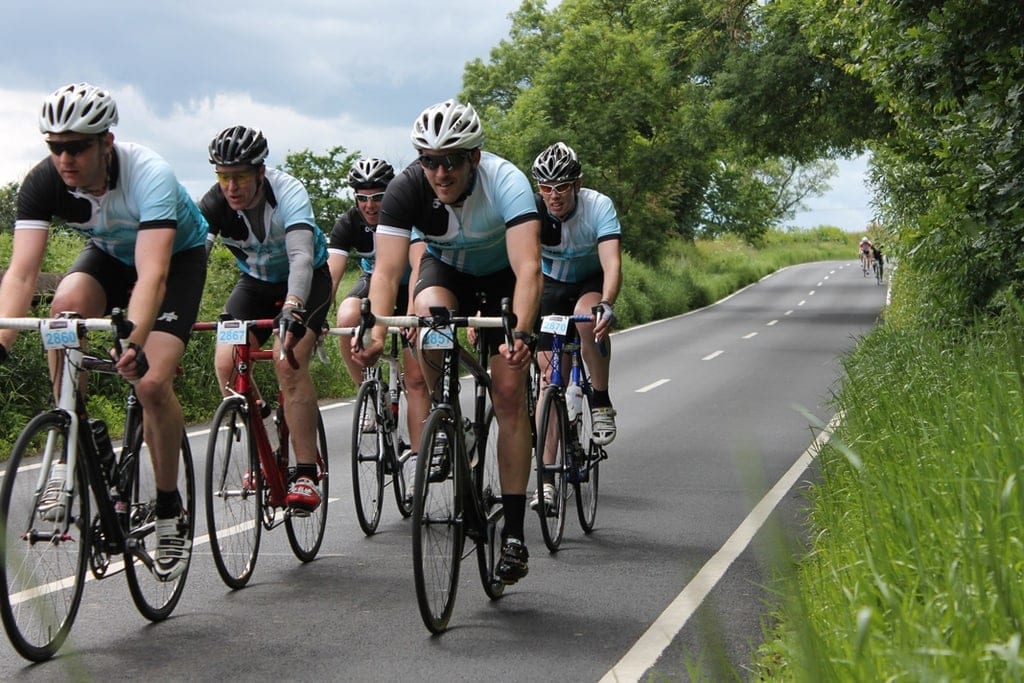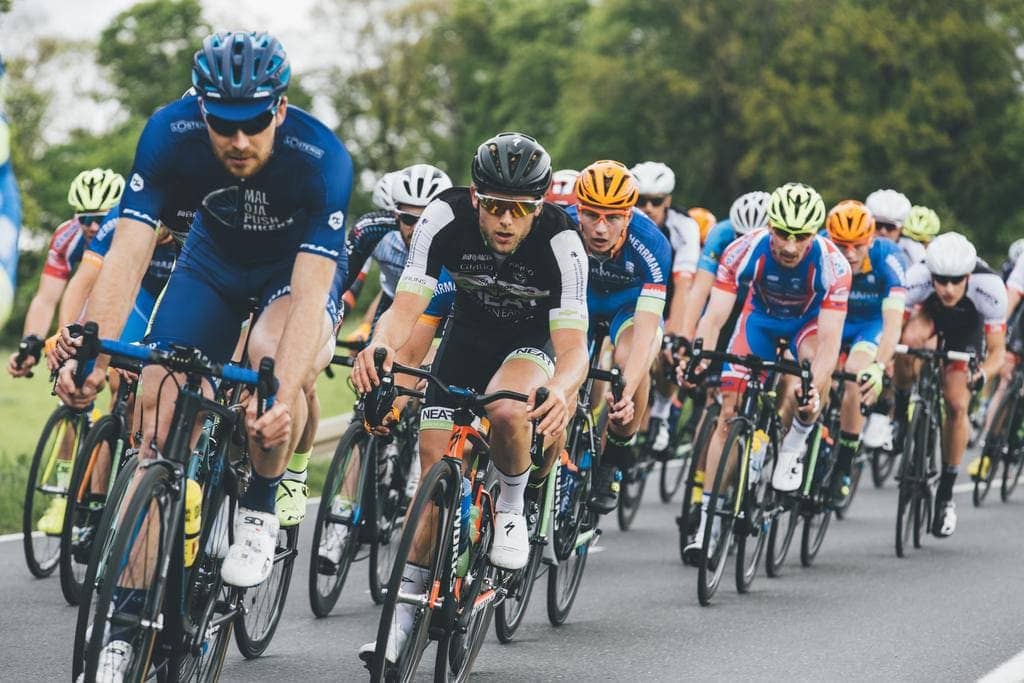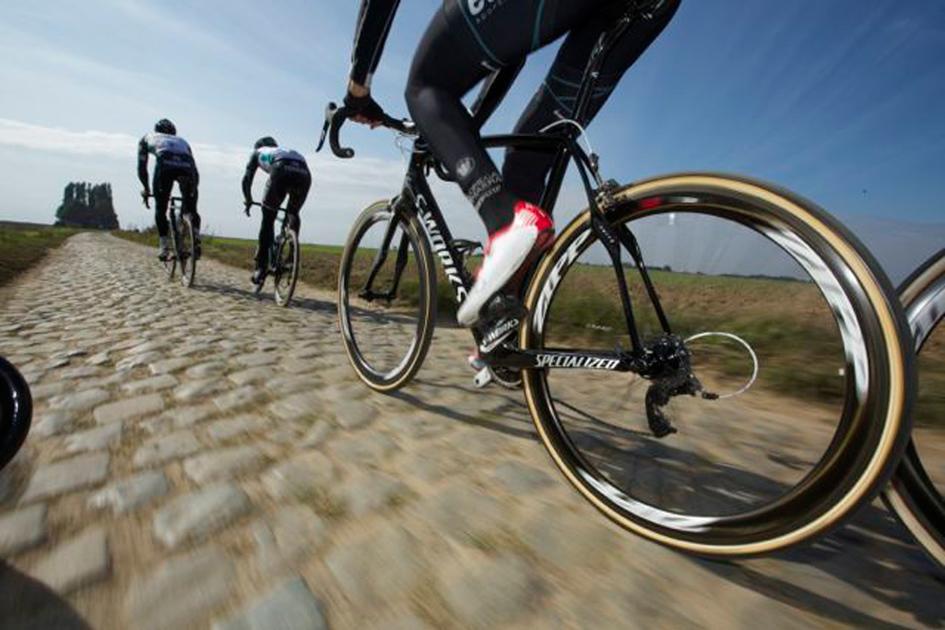The 10 Best Road Bike Upgrades in 2020
The great Eddy Merkx once famously said,
Don’t Buy Upgrades, Ride Up Grades.
While that makes sense, it doesn’t apply to most of us. Most cyclists aren’t professionals and they’re doing it for fun and enjoyment. While riding up grades could be used as motivation, most of the cyclists I know are in it for fun and enjoyment.
And more importantly, they enjoy talking about bike upgrades.
At times, these upgrades can be and overkill and won’t necessarily increase your performance or break your Strava PB’s, they can definitely help you enjoy your ride and help you personalize your bike to your liking.
On this page, I’ll share with you some of the most popular upgrades cyclists talk about.
1. Powermeter
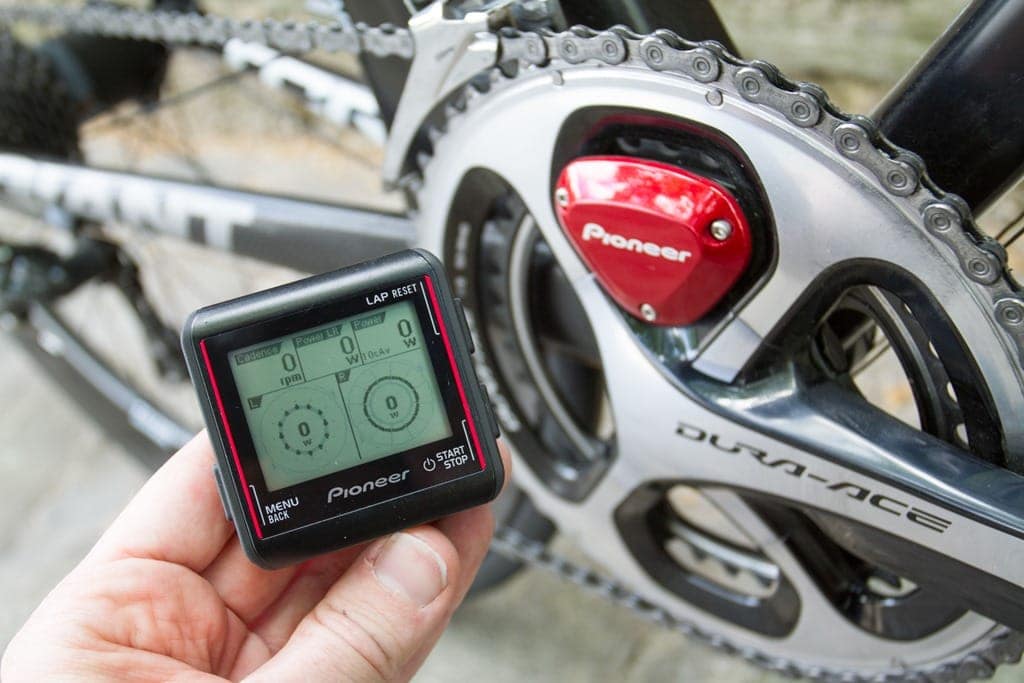
- Expect to Spend : $500 to $2,000
- Leading Brands : SRM, Stages, Quarq, Power2Max
A power meter is exactly what it sounds like; a device fitted to your bike that measures your power output as you ride.
There are different types of a power meters, but generally, it measures power by using a strain gauge, which reacts when force is applied to it. This force (torque) is calculated against velocity, which results in a power readout in watts.
Power meters allow you to pace yourself accordingly during the ride so that you’re riding within your limits and don’t blow up before the end. It’ll also give you crucial information at the end of each ride which will help you to analyze your performance and identify areas of improvement.
Read More : The 8 Best Cycling Powermeters
2. Bike Computer
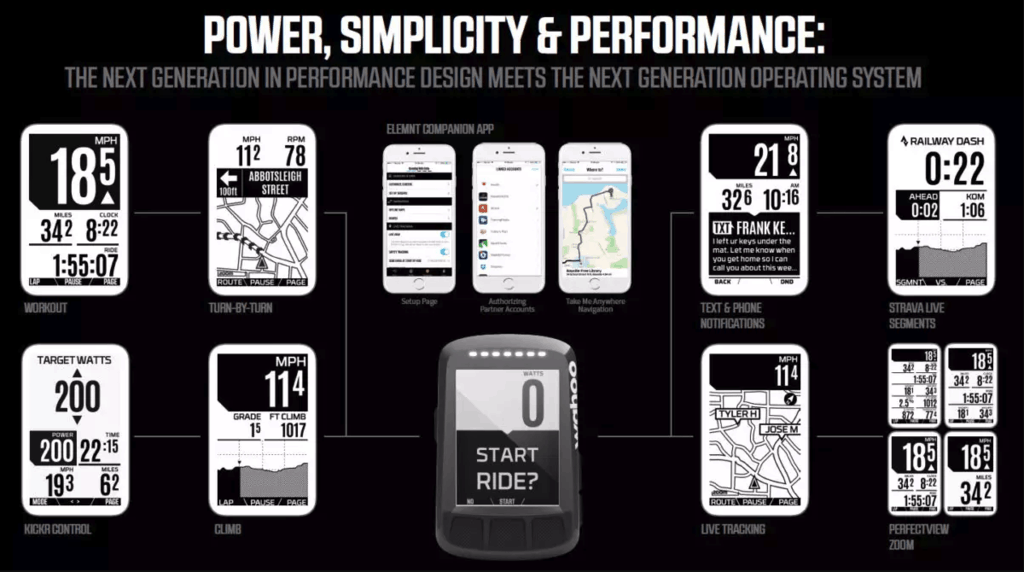
- Expect to Spend : $150 to $400
- Leading Brands : Garmin, Wahoo
A bike computer is essentially a glorified GPS, but it does a lot more than give simple directions, although some do have this feature.
Bike computers calculate and record your riding speed, distance, elapsed time, route, and much more, depending on their functionalities. They can be paired with various sensors such as cadence, heart rate monitors, and power.
At the end of the ride, you can upload the ride data to apps such as Strava to share it with your friends or analyze your performance.
Read More : Bike Computers and GPS Buyer’s Guide
3. Carbon Wheels

- Expect to Spend : $1,000 to $2,500
- Leading Brands : Enve, Zipp, Shimano, Campagnolo, Fulcrum
Lightweight and incredibly strong, carbon wheels have been adopted in nearly every major race and competition, knocking aluminum wheels off the throne.
Carbon wheels are popular among cyclists today, and with the accumulation of manufacturing and engineering experience, most of the kinks have been worked out. In contrast, the cost has dropped to around $1,000.
If you’re looking to tackle steeper grades, a pair of lower-profile wheels will be your best friend, while a higher profile such as 50mm or more will improve your performance on flats.
Combined with a good set of brake pads, these can offer a similar performance to their nearest aluminum equivalent.
Either way, carbon wheels are a brilliant upgrade, improving ride feel and performance and cutting weight. They look unbelievably cool too.
Read More : 9 Questions to Ask Before Building A Custom Wheelset
4. Suppler Tires
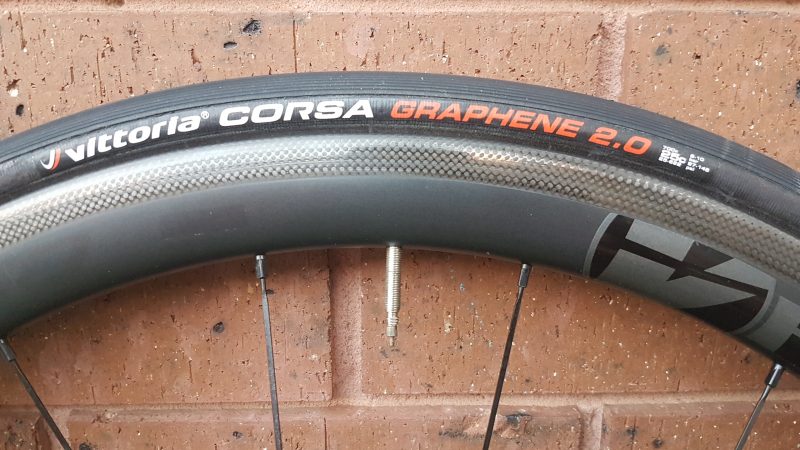
- Expect to Spend : $80 to $120 a pair
- Leading Brands : Continental, Vittoria, Schwalbe
Wind resistance usually accounts for most of the energy loss you experience on the road, but immediately following it is rolling resistance. Suppleness is important to tire performance, as a more rigid tire will slow you down almost as much as the wind.
If you’re looking to gain a significant boost in tire performance, you can’t do much better than a supple tire such as the Vittoria Corsa G2 or Continental GP5000. They’re designed to reduce energy loss while you’re in motion, hence lesser rolling resistance and drag.
Read More : A Comprehensive Guide to Road Bike Tires
5. Electronic Shifting
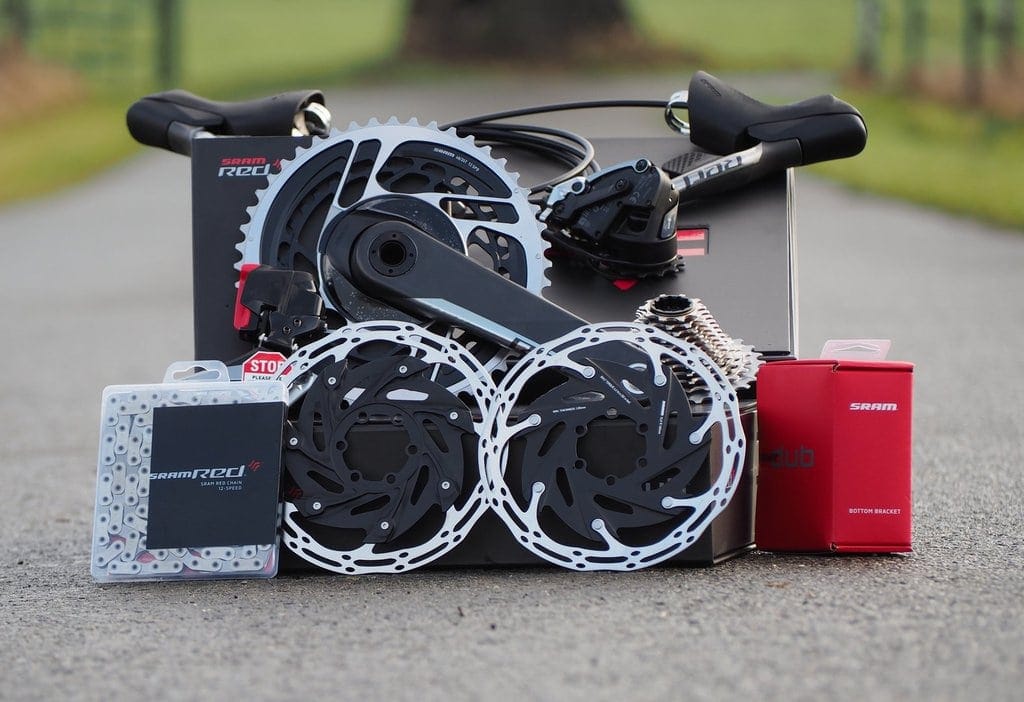
- Expect to Spend : $1,200 to $3,000
- Leading Brands : SRAM, Shimano
Probably one of the niftiest upgrades you can get, electronic shifting makes cable wear and tear and mechanical inefficiency a thing of the past.
The electronic shifting system needs to be set up just once and it doesn’t need to be set again. Every time you shift, the quality and precision will always be the same. It’s as smooth as it is compared to the day it was installed.
Take care, though. just because your cables won’t wear out doesn’t mean the chainrings or cassette won’t. And don’t forget to charge the batteries regularly before they run flat. Otherwise, you’ll be riding with a single gear until you get home unless you manage to borrow an SRAM Etap battery from someone in the bunch.
And if you want the latest and greatest, check out the 12-speed SRAM Red eTap AXS!
Read More : 10 Things You Didn’t Know About the Shimano Di2
6. Brake and Gear Cables
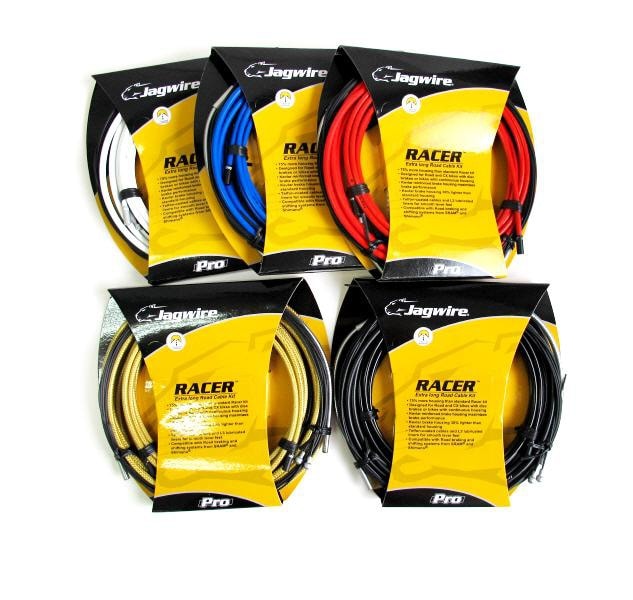
- Expect to Spend : $100 to $200
- Leading Brands : Shimano, SRAM, Jagwire
One of the most basic, but probably often overlooked, upgrades you can opt for is to simply replace the brake and gear cables.
Cable stretch is a bit more complicated than it sounds. These cables are stretched and worn as they’re put to constant use, lowering their efficiency and making braking and shifting less reliable.
Even if you decide not to go for electronic shifting, a fresh set of cables once a year is a favor you shouldn’t deny yourself. You don’t need to get the best cables with a polymer coating.
Just a simple, cheaper steel cable is more than sufficient.
7. Gearing Setup and Ratios

- Expect to Spend : $80 to $300
- Leading Brands : Shimano, SRAM, Campagnolo
Most road bikes today come with either a semi-compact (52/36T) or compact (50/34T) front chainrings, or 48/35T, 46/33T if it’s specced with the 12-speed SRAM eTap AXS.
If you find yourself always on the lowest gears and still needing more when going up a climb, it might be time to think about having additional lower gears.
The cheapest way is to upgrade the rear cassette. Think of cassette sizes such as 30T, 32T, or even 34T. These will give you a lower gear ratio so that you can climb steeper hills with a more comfortable cadence rather than grinding your way up.
Depending on your current setup, you might need to also get a new, longer chain and also a long cage rear derailleur that can accommodate the larger cassette. Bear in mind that a standard rear derailleur can only support up to 28 or 30T.
8. Saddle
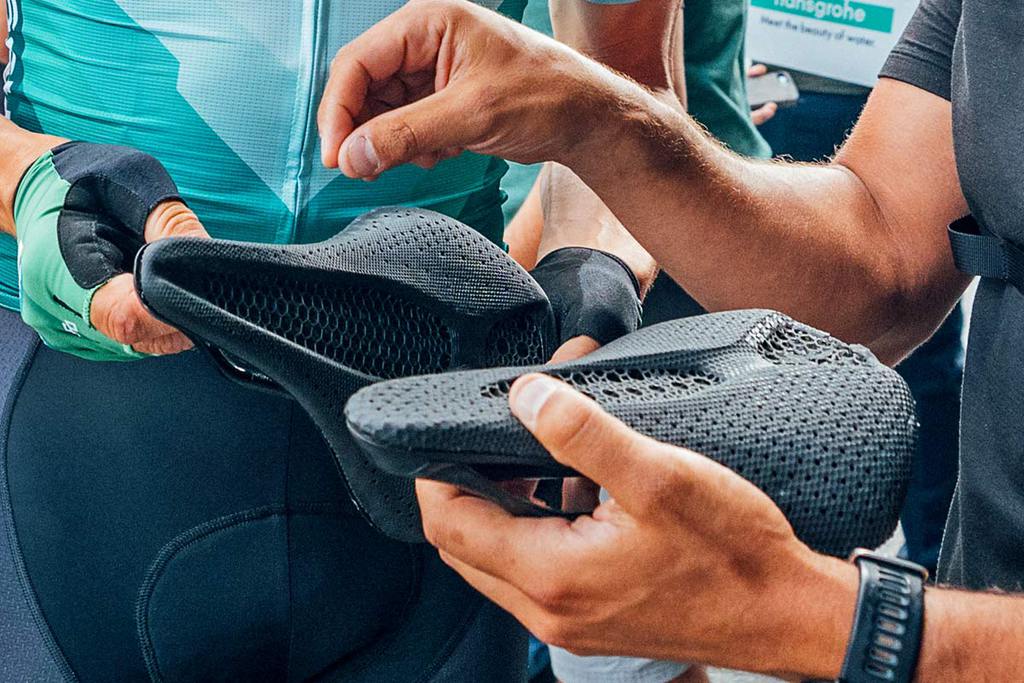
- Expect to Spend : $100 to $300
- Leading Brands : Specialized, Fizik, Selle Italia, Prologo
Sometimes it’s the simplest things that can make the biggest difference.
Take saddles, for instance. You can have a bike that’s perfectly fitted to your size done up to the nines, but if you have the wrong saddle, it’ll all be for nothing.
If you’re finding that you’re unreasonably sore or stiff after a long ride, you might want to consider trying out some different saddles.
Most saddles will offer padding in gel or foam, although some will offer no padding at all. You’ve actually got a surprising range of options with what you settle on, including whether or not the saddle incorporates a perineal cutout, whether you get any additional padding or covers, or what hip type it’s constructed for.
Read More : A Beginner’s Guide to Bike Saddles
9. Bike Lights
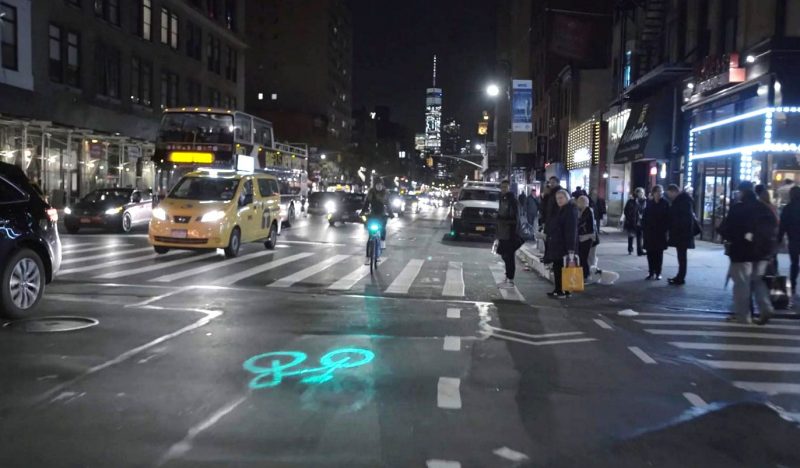
Expect to Spend : $30 to $200
Leading Brands : Cateye, Knog, Lezyne, Exposure Lights
Over the past few years, bike lighting technology has come a long way.
The latest development is called daytime running lights, also known by individual manufacturers’ names like Day Bright, DRL, BEAM, Day Light, Daylight Visible Flash, etc.
They adjust the luminescence levels so that they can be brighter in daylight, making them more visible when you need them to be, as well as maintaining a brilliant, steady luminescence at night.
This is great because 80% of cycling accidents occur during the day, counter to what you might expect, so the strong daytime luminescence improves your safety and helps you make it from A to B in one piece.
Read More : Guide to Bicycle Lights
10. Handlebar Gel
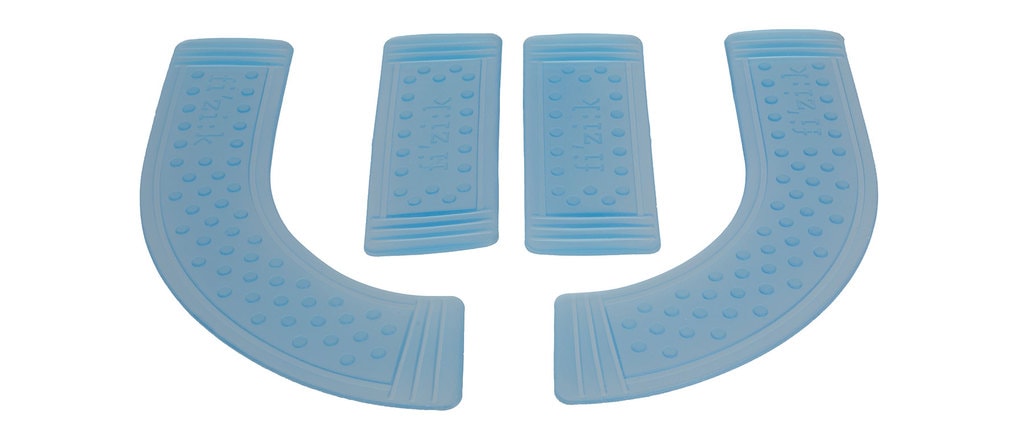
- Expect to Spend : $20 to $40
- Leading Brands : Fizik, Specialized
Bar gel is the modern-day equivalent of traditional cork padding.
They consist of strips of super-durable gel padding installed under the bar tapes, which can be cut to fit any handlebars to help absorb shock by distributing pressure, improving the quality of your riding experience, especially over bumpy roads.
Greater comfort, improved control, and a smoother ride all make this stuff a great choice for an upgrade, and since it won’t break down or degrade over time, it’s unlikely you’ll have to upgrade again.
Read More : How to Ease Numb Hands While Cycling
Summing Things Up
It upgrades like these that make a bike seem that much more valuable and worth investing in.
Sometimes all you need is a simple, handy bit of gear to remind you that your bike is a companion, a terrific piece of equipment and that it’s more than the sum of its parts.
Then again, sometimes it’s just fun to splurge on something cool.
Either way, by upgrading your bike now and then, you’re sure to get that much more enjoyment and satisfaction out of your rides, and you can explore and appreciate what you and your bike are capable of on the road in a hundred different ways.
Author Recommended Reads

